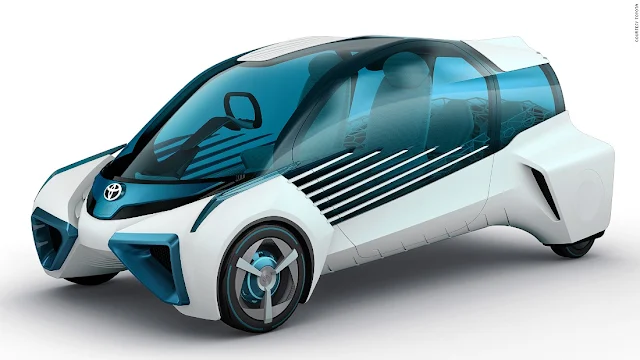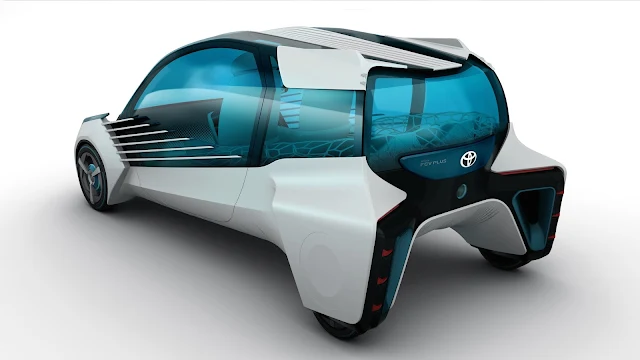Toyota Unveiled Flat Panel Satellite Communication Vehicles
Japanese automaker, Toyota had unveiled its flat panel satellite communication vehicles, in partnership with sat-comm company Kymeta at the North American International Auto Show’ 2016.The hydrogen fuel cell powered Toyota Mirai has been equipped with flat-panel satellite communication technology of Kymeta.
Toyota has been working in getting data to and from the car as quickly as possible with satellites being the solution. The focus of the Japanese carmaker lies in the inclusive of Data Communication Modules in a broader variety of upcoming vehicles and satellite communication seems the key technology.
Rather than depending on huge traditional satellite dish, the panels of Kymeta tend to use liquid crystal technology for tracking and steering electronically, towards satellites. There seems to be some advantage of using satellites in transferring data instead of cell towers of Wi-Fi transmitters. Firstly, a high-capacity satellite could transport large amount of data to and from a vehicle quickly and more safely than an Internet connection.
Moreover, unlike a tower based connection, an unceasing satellite connection could span between countries, borders as well as in remote areas.
Solves Challenge of Vehicle Based Satellite Communication
Another purpose for Toyota to warm up to flat-panel sat-comm is since it can be comparatively easy in installing in the aftermarket which means that instead of being forced to buy a new brand of Toyota to avail all the best data service, you could have your present car fitted with the tech.
This would however enable Toyota to indoctrinate extra customers in its data services as well as add to the number of cars that it digitally tends to track on the road. Senior managing officer of Toyota, Shigeki Tomoyama had commented that they are excited to learn about Kymeta since their flat antennae technology tends to solve the challenge of vehicle-based satellite communication’.
Toyota together with Kymeta, based in the hub of Redmond, Washington, has been working on the research of flat antenna since 2013. KymetaCEO, Dr Nathan Kundtz, had stated that his company was the first in successfully demonstrating this kind of technology and that they have more than 8,000 miles of road testing with cars linked to satellites’.
Antennas Lightweight & Flat – Easily Added to Vehicle
It was revealed by Toyota that the next generation in connectivity at the Detroit Auto Show recently, that a satellite embedded in the roof of its hydrogen-powered Mirai sedan could download data fasters as well as securely than cellular networks.
Toyota had mentioned in a press statement that `while these satellites have historically require the use of a `dish’ antenna on the ground, Kymeta’s satellite antennas take away the need for mechanical components by utilising software and liquid crystal technologies. Toyota states that the antennas seems to be lightweight and flat and can easily be added to the vehicle during or after the assembly.
The company also intends utilising satellite communication in the near future which includes high capacity satellites offering a higher data transfer rates thanthe conventional satellite technologies. Though there is no indication of when the satellite communication is intended to make an appearance on commercially available cars, a kind of Kymeta’s antenna meant for marine vehicles will go into production in partnership with Panasonic Avionics Corp, somewhere next year.
Mirai Creation Investment, the venture capital firm where Toyota is also a partner has contributed $5 million into Kymeta as part of the deal and the flat panel antennas could serve the customers of Toyota with added innovative type of what is here at NAIAS – the upsurge of the connected vehicle.







